Here’s everything you need to know about the term ‘DNF’ in the context of Formula One (F1)
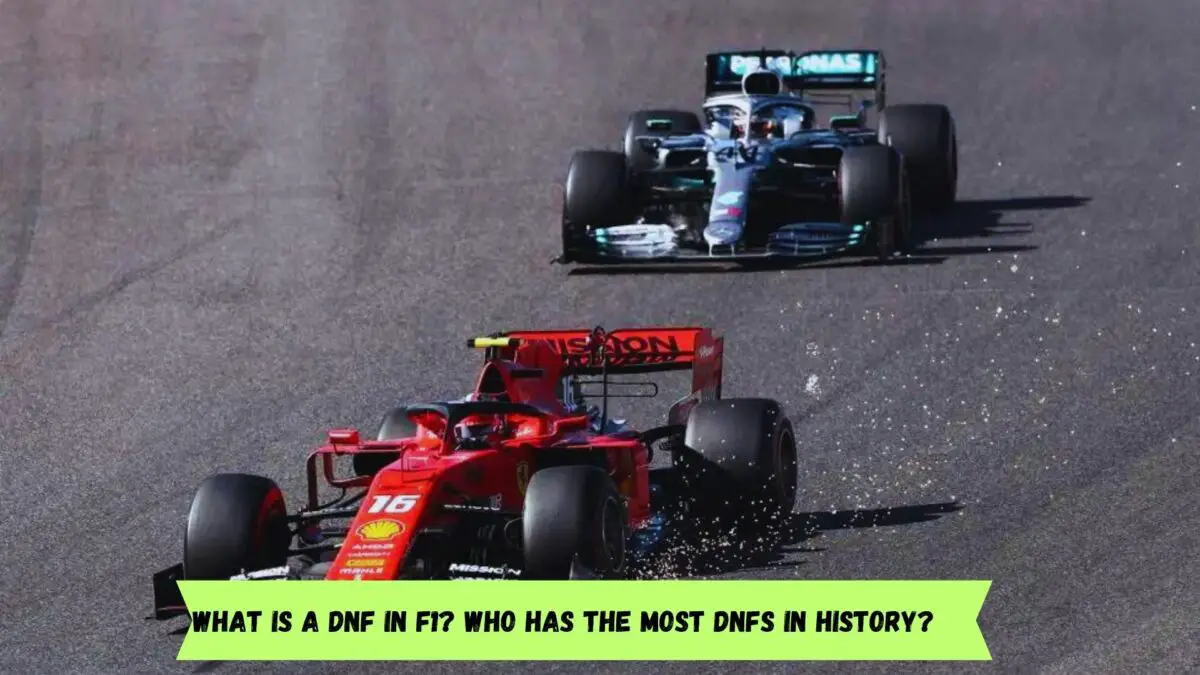
DNF stands for “Did Not Finish,” a concise expression that conveys the straightforward message that a Formula 1 driver was unable to complete the race and thus did not reach the finish line. Several factors can lead to a DNF, including accidents or technical issues with the vehicle.
This term is commonly used in various motorsports, including Formula One, NASCAR, IndyCar, and off-road racing, encompassing categories like buggies, trucks, karts, and UTVs, both in desert and short-track competitions. Participants in races strive to avoid receiving a DNF, as it can sometimes be associated with subpar driving performance.
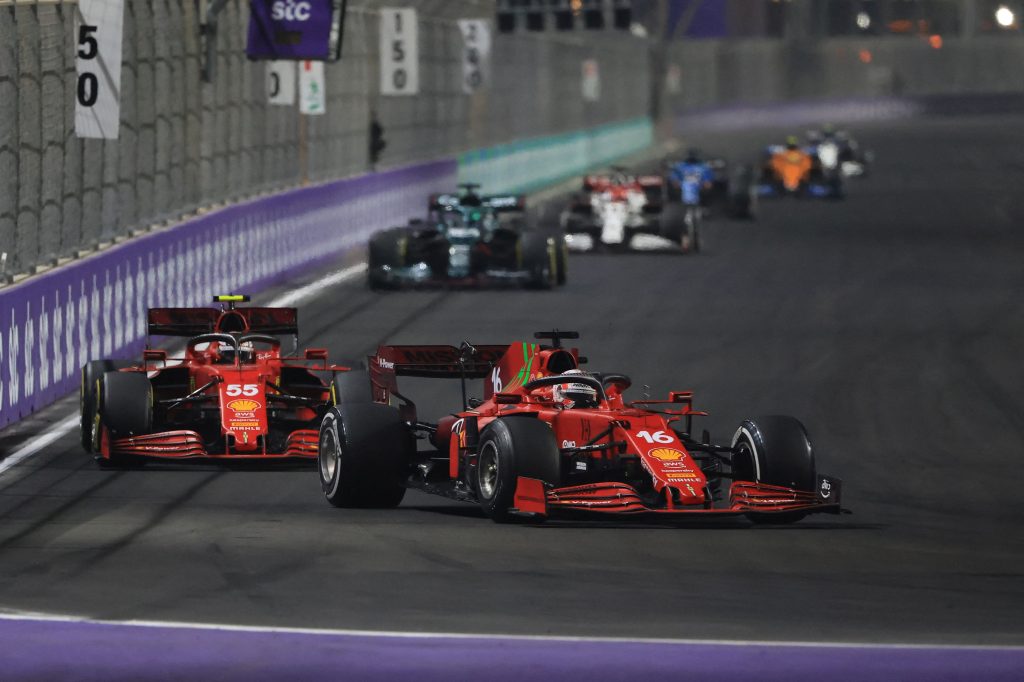
Which are the top five races with most DNFs in F1 history?
5. The 2023 Australian Grand Prix provided an exhilarating spectacle in a season that has lacked excitement. Initially, George Russell took the lead from Max Verstappen, setting the stage for an intriguing race. However, turn 3 brought unexpected chaos when Lance Stroll’s contact led to Charles Leclerc spinning into the gravel, causing several drivers to retire.
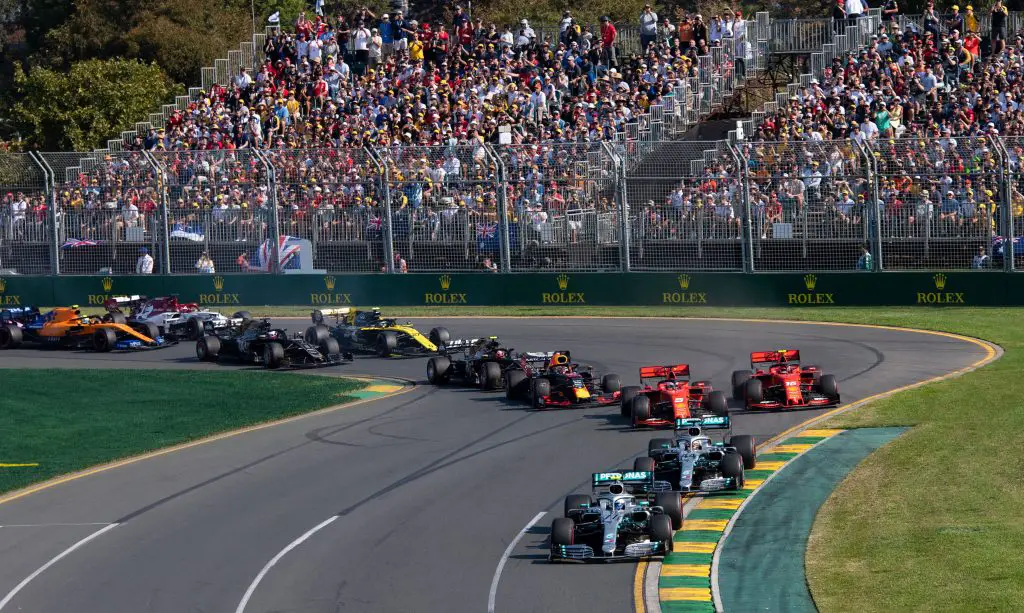
The race was punctuated by red flags and safety cars, and mechanical issues plagued many participants. George Russell, who had led, lost his advantage due to an untimely pit stop and later retired due to a mechanical problem. As the race neared its conclusion, more crashes added to the mayhem. Ultimately, Max Verstappen emerged as the victor, but only 12 out of 20 drivers managed to complete the grueling race.
4. The 2014 Canadian Grand Prix, taking place amid sweltering summer conditions, transformed into a demanding endurance challenge. Many drivers encountered mechanical problems during the race, with Lewis Hamilton and Daniil Kvyat being among those affected. Moreover, the race concluded dramatically as Felipe Massa and Sergio Perez were involved in a significant collision, prompting a safety car finish and granting Daniel Ricciardo his inaugural Formula 1 triumph. In the end, a mere 11 out of 22 drivers successfully completed the race, highlighting its grueling nature.
3. 1998 Belgian Grand Prix:When discussing chaotic races, the 1998 Belgian GP often stands out. It was marred by heavy rainfall, leading to a major collision involving David Coulthard on the very first lap. This incident prompted a red flag and a complete race restart. Despite the fresh start, numerous drivers, including Rubens Barrichello, Mika Hakkinen, and Johnny Herbert, were forced to retire. Shockingly, only 8 out of the 23 drivers managed to reach the checkered flag.
2. 1984 Dallas Grand Prix:The 1984 Dallas GP, held in scorching July heat, turned into a grueling battle against both the track’s prior damage from a Can-Am race and the physical and mental endurance of the drivers. Mechanical failures and retirements were commonplace. Keke Rosberg emerged as the victor, but it was a race of attrition as only 8 out of 25 drivers completed the demanding event.
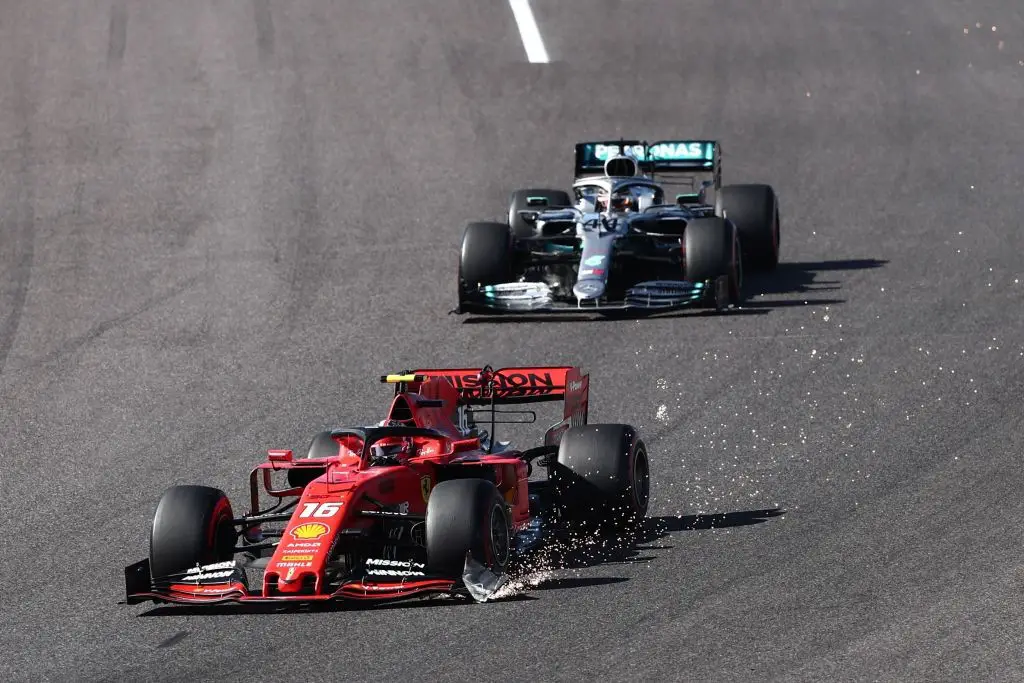
1. 1996 Monaco Grand Prix:The 1996 Monaco GP was a true test of survival, plagued by treacherous rain that led to numerous collisions and retirements, including pole position holder Michael Schumacher. In a remarkable turn of events, Olivier Panis claimed victory, with David Coulthard and Johnny Herbert rounding out the top three. Astonishingly, these three drivers were the sole survivors of the race, highlighting the extreme challenges of that day.
Which driver has the most DNFs in Formula 1 history?
In modern-day Formula 1, with a season consisting of approximately 20 to 21 races, experiencing just one or two retirements can be detrimental for a driver competing for the World Drivers’ Championship. The sport has witnessed significant advancements in reliability over the last few decades.
However, in the earlier decades of Formula 1, spanning from the 1950s through likely the 1990s, Did Not Finish (DNF) rates were considerably higher due to a multitude of factors that posed challenges to both the drivers and their vehicles.
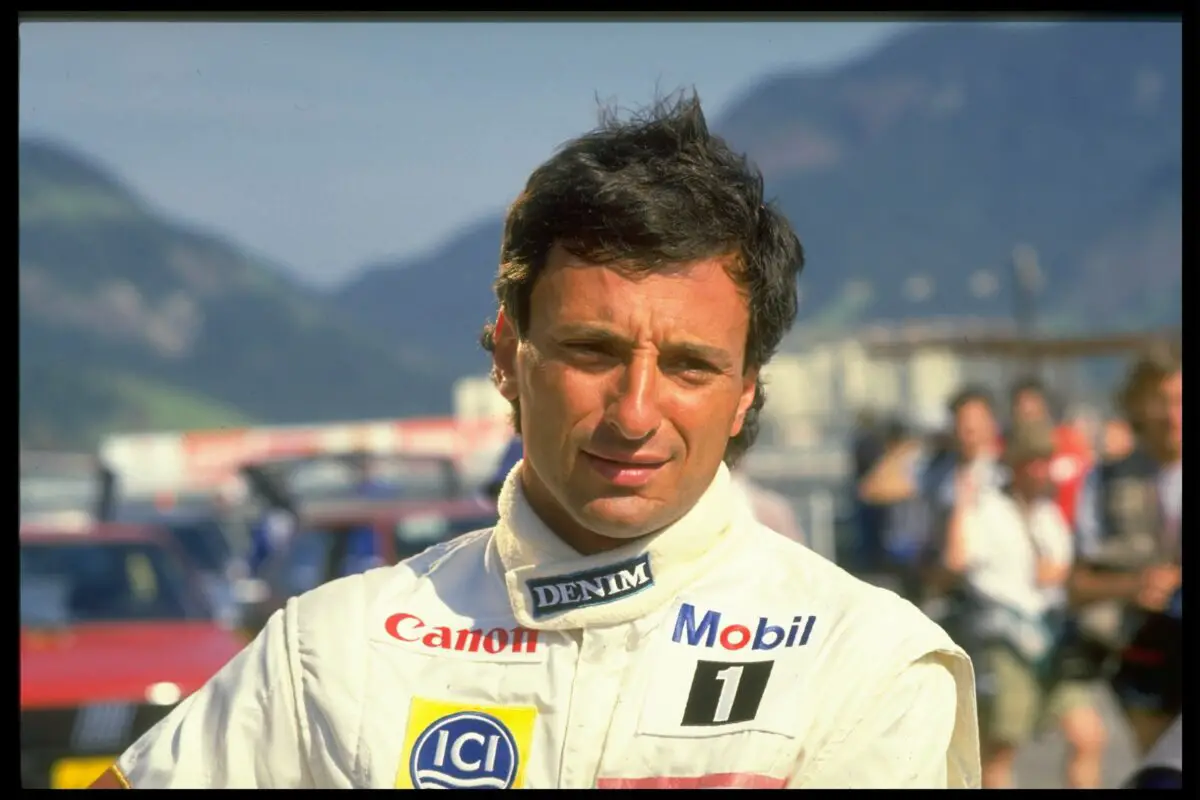
Italian driver Riccardo Patrese holds the record for the highest number of retirements in Formula 1 history, having retired from 146 out of the 256 races he participated in during his career. Most of Patrese’s retirements were due to mechanical failures, while the remainder resulted from race crashes.
His Formula 1 career spanned from 1977 to 1993, during which he competed in a total of 257 events, making him the driver with the most race entries at the time of his retirement and ranking ninth in this regard today. Patrese secured six race victories and drove for various teams, including Shadow, Arrows, Brabham, Alfa Romeo, Williams, and Benetton. Notably, he finished as the runner-up behind his teammate Nigel Mansell in the 1992 World Drivers’ Championship while driving for Williams.
Conclusion
In Formula One, the term “DNF” stands for “Did Not Finish,” signifying that a driver was unable to complete a race, typically due to accidents or technical issues. It’s a common term in motorsports, reflecting the challenges and uncertainties faced by drivers during races. Italian driver Riccardo Patrese holds the record for the most retirements in Formula 1 history, with 146 out of 256 races during his career ending prematurely, primarily due to mechanical failures or race crashes.
More Formula One News
- Lewis Hamilton doesn’t support IOC’s decision on Black Lives Matter gear during Olympics
- Max Verstappen left surprised as he reaches 100 race milestone with Red Bull
- Damon Hill left in awe after Lewis Hamilton racks up 100 poles in F1 ahead of 2021 Spanish GP
Follow our dedicated Formula One page for instant Formula One news and updates

